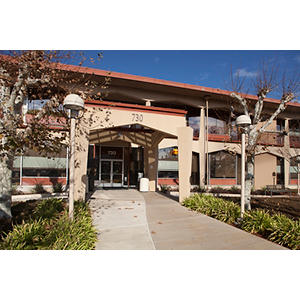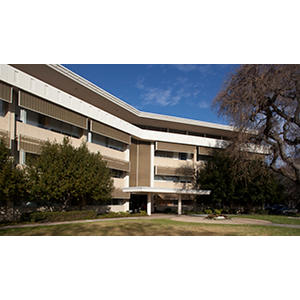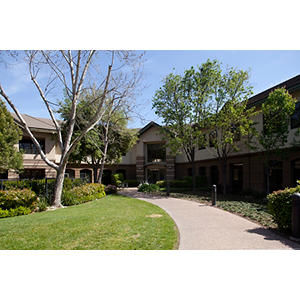
Leina Alrabadi, MD
Clinical Associate Professor
Pediatric Transplant Hepatology
“I love knowing I can impact a child's life.”
My Approach
I enjoy working with a multidisciplinary team to care for patients who have complex medical needs with the aim of giving children a better future. As a clinical researcher, my main focus is on finding improved therapies for autoimmune and cholestatic liver diseases, since an ideal therapy currently does not exist.
Locations

730 Welch Road, 2nd Fl
Palo Alto, CA 94304
Phone : (650) 721-2250
Fax : (650) 498-5608

770 Welch Road, Suite 100
Palo Alto, CA 94304
Phone : (650) 725-8771
Fax : (650) 736-7857

1100 Van Ness Ave, 7th Floor
San Francisco, CA 94109
Phone : (844) 733-2762
Fax : (650) 725-7578

2495 Hospital Drive, Suite 625, Sobrato Pavilion
Mountain View, CA 94040
Phone : (650) 540-8481
Fax : (650) 736-4100

Work and Education
Royal College of Surgeons In Ireland School of Medicine, Ireland, 6/3/2010
Texas Tech University Pediatric Residency, El Paso, TX, 06/30/2015
Yale University Pediatric Gastroenterology Fellowship, New Haven, CT, 06/30/2018
UCSF Pediatric Transplant Hepatology, San Francisco, CA, 7/06/2019
Pediatric Gastroenterology, American Board of Pediatrics, 2019
Pediatrics, American Board of Pediatrics, 2015
Pediatric Transplant Hepatology, American Board of Pediatrics, 2020
Languages
Arabic
English

Connect with us:
Download our App: